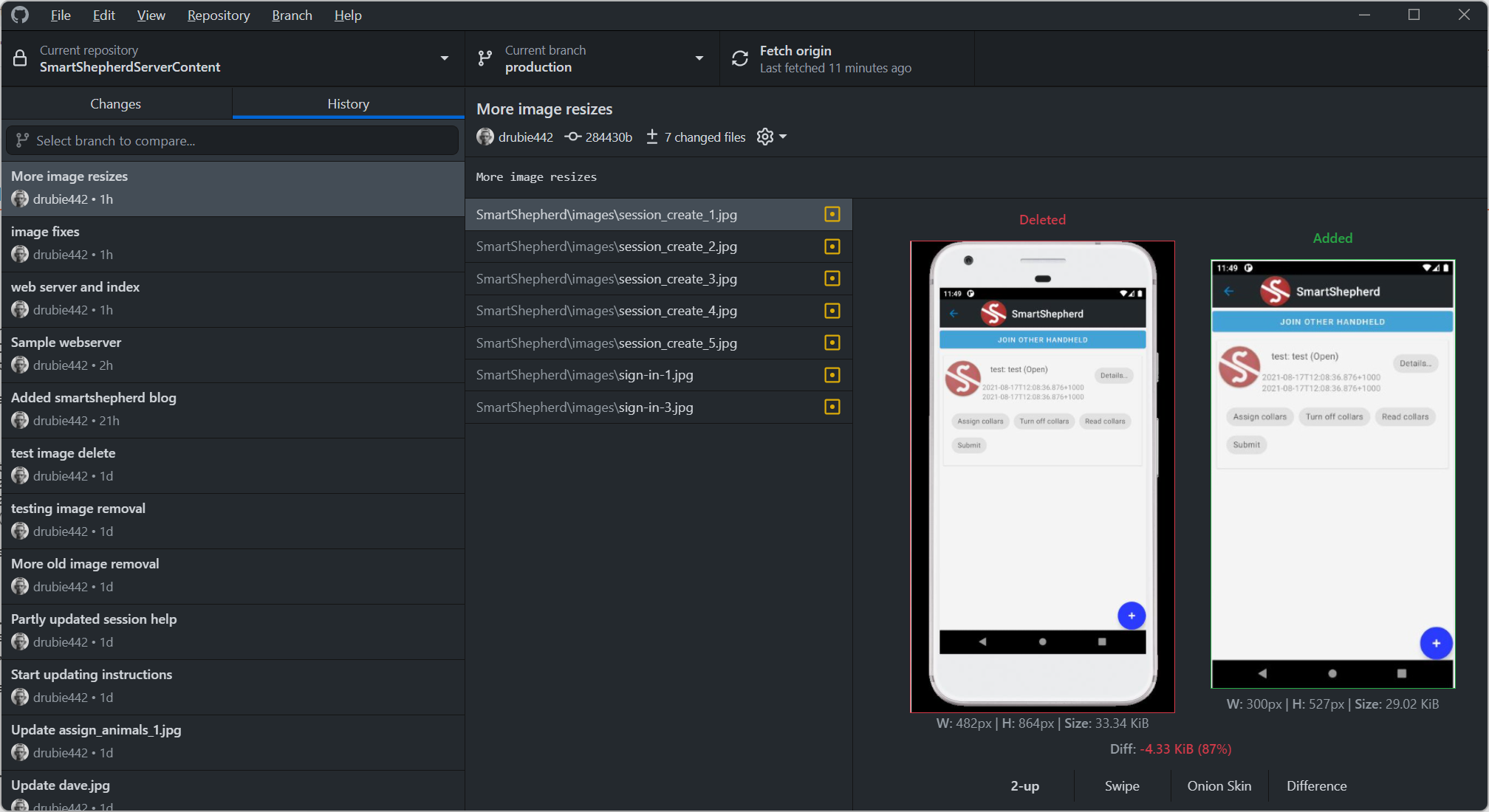The V8 engine: No, not the javascript one (part one)
We live in an age where the internal combustion engine is headed for the scrap heap. Electrification of personal transport makes a lot of sense now. Batteries have improved dramatically in the last 30 years and with them both the performance and useful range of electric cars has begun to equal petrol and diesel motors. The major US manufacturers are planning to end-of-life their iconic engines in performance vehicles with hybrid powerplants.
So, at the end of a significant age of transport, I figured it was time to buy a vehicle powered by the king of the hill of automotive engines: the American, thin wall cast overhead valve V8. In my case, a mid-range 2006 Chrysler 300C with the basic 5.7 litre Hemi engine.
Some personal history
Back when these sort of things mattered in Australia, we were a Chrysler family. My parents had a string of Chryslers before the Australian company was purchased by Mitsubishi: An AP5 station wagon (push-button automatic, slant six engine), a Chrysler Charger (265 Hemi six, 2 barrel), a Valiant Ranger (245 Hemi six, 2 barrel), a Chrysler by Chrysler powered by a 360 V8 and finally a Valiant Galant (a re-badged Mitsubishi Galant). The Chrysler by Chrysler was my favourite, it was big and had a V8 rumble but that ended up being traded in for a hateful XD Ford Falcon wagon that started rusting two days after it was purchased. The Galant was my first car, most of my peers had small, cheap, Japanese sourced vehicles and the V8s roaming Australias landscape back then seemed doomed. We read UK car magazines who disparaged the wasteful, inefficient V8 engine that the US was then producing.
It didn't help that the US was hell bent on crippling it's finest achievement. I had an Australian assembled 1982 Jeep Cherokee (really a Wagoneer) with an AMC 360ci V8 and the vacuum diagram rivalled the wiring diagram for complexity. It was slow and prone to issues until I junked the rubbish two barrel Motorcraft carb and installed an Edelbrock 4 barrel, removing most of the vacuum lines in the process.
It's time to own one, one last time
The noise they make is unbeatable. The overhead valve V8 from the 1960s is simple to work on, easy to get parts for, incredibly durable and mostly powerful. The re-imagined versions fix everything about those 1960s versions too, the Gen 3 Hemi has none of the vacuum powered emissions nonsense that ruined V8 engines, they are built to better tolerances, made of much better materials yet are still dead simple to work on. I am not getting any younger and I really started to miss the lazy burble of that Jeep.
It so happened that somebody was selling a Chrysler 300C in my small town. He was asking waaaaay too much money for a car with ruined clearcoat and a description that included mention of the check engine light and smoke from the exhaust. I watched the price slowly erode over a stretch of 6 months and the shape of the 300C started to grow on me. I'd seen them mostly as police vehicles in Australia (albeit the SRT8 version). The hunched roofline and vaguely dangerous styling started working their magic on me.
In Australia, something in this stage is generally referred to as a "shitbox"I agreed to meet the owner at the car and I really should have run screaming. It had every red flag imaginable on a used car. The paint was worse than it looked - clearcoat gone in large sections and the base coat was turning to powder. There was evidence of a minor accident, with bondo in the front guard and an obviously cracked front panel. The drivers seat leather was toast. The hood release was broken and the parking brake handle was missing altogether. Under the bonnet, there was evidence of a lot of unprofessional fiddling: The wiring harness was in disarray, some of the plugs were missing altogether and had been jury-rigged with cheap crip-on fittings. The oil smoke problem was much worse than described, the car idled OK on 7 cylinders but blew a comical cloud of smoke with any application of the throttle. Smoke came out of the exhaust manifolds under the bonnet. It also had all the usual symptoms of a neglected car: the gas struts on the boot and bonnet were not working, the battery wasn't the right one (too small), the jack was missing. I should simply have thanked the vendor for their time and moved on.
In a fit of stupidity / bravery, I agreed on a price which was half the original asking price and arranged to move the car 200 metres to my workshop. It only got half way before stopping (dead battery), so the first trip wasn't exactly a great success. I still figured it wasn't going to be a big problem to fix, after all we computer programmers are excellent at troubleshooting.
Optimism, then despair
I figured on replacing something inexpensive, like the PCV which is notoriously troublesome on the Gen 3 Hemi. Or maybe fitting a catch can. My initial, overly optimistic assessment was that the valve stem seals were leaking and the PCV didn't work and simply cleaning out the inlet manifold and replacing those parts would have me riding in style. My thinking at the time was that the engine didn't rattle like something that had a major mechanical problem. That was very, very wrong. One clue should have been that the engine was sucking a lot of vacuum at the oil filler, like an unusual amount of vacuum. No matter, I went to the trouble of replacing the inlet valve seals (the inlet manifold was full of oil, it had to be coming up from the inlet valves right?). Special tool purchased from the internet made this job fairly simple. Much to my surprise, this made the problem worse. When restarted after doing that work, the engine seemed like it was sucking the entire sump contents into the inlet manifold. Time for a more serious intervention.
At this stage I realised the engine wasn't the original one - the square inlet ports mean this is a 2009+ "Eagle", which explained the dodgy wiring harness but also meant I had to order different parts than I expected.
I went back to basics. A compression test with the inlet manifold removed revealed two things: no compression on cylinder 7 and a puff of oily vapour coming out of that inlet port. I removed the heads to reveal the issue:
The mighty heart of the 300C had ingested something. Being a 2006 model, the internet said it had likely ingested the inlet valve seat. However, this was present and correct. At this stage I have no idea what it was. A buddy offered to help me pull the block and I've ordered pistons and valves although shipping is taking 4 weeks and I'm left trying to sort out the other minor issues with the car while I wait.
It's everything I thought it would be
The Gen 3 Hemi is an absolute delight to work on. No paper gaskets, logical, well made and easy to disassemble. I haven't had this much fun working on a vehicle in 35 years of doing so. Sure, the engine bay is tight (an excuse to buy some new tools) and I'd rather be driving it than getting dirty fixing it, but in a way this has endeared the poor old girl to me even more. They won't be making these things ever again, so if you have an itch to scratch like mine, now is the time to do it. When my parts show up, I'll write part 2.
Australia and the V8
Some of us have a very blinkered view of Australian car manufacturing. We probably should be celebrating the iconic 6 cylinder engines that were made here. The awesome 265ci Hemi 6 pack, the Barra, the Torana XU1 engine. The only home designed V8 was an incompatible clone of the iconic Chevrolet small block, mostly known for not having anything like the aftermarket parts availability of the original.





